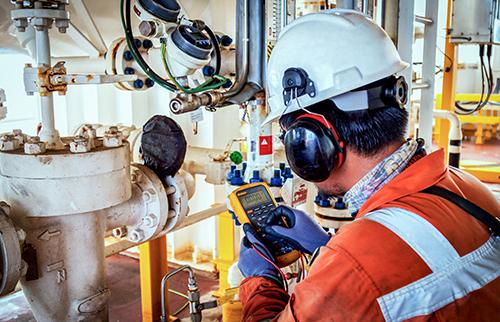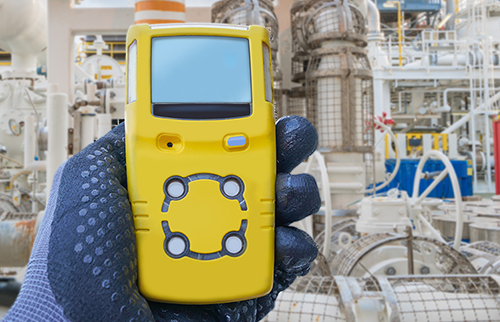Buy and assign to
multiple learners
Instant access
via email link
Instant certificate
via email
Further Information - Authorised Gas Tester Training
Description
Who is the course for?
This Authorised Gas Tester Training course is suitable for personnel responsible for conducting atmospheric testing at the worksite.
Is previous experience required?
No previous experience is required
How will the course benefit me?
This course aims to provide the knowledge and techniques for carrying out gas testing.
How will the course benefit my company?
By ensuring that personnel are aware of the situations and circumstances in which a hazardous atmosphere could occur and the steps that should be taken in an emergency.
What standards are referenced in the course?
Health and Safety at Work Act
CoSHH
PFEER
Management of Health and Safety at Work Regulations
EH40 Workplace Exposure Limits (WELs)
Confined Space Regulations
Is there an assessment?
Once you have completed the course, you will be asked a series of questions to check your knowledge and understanding. These are based on the learning objectives for the course and have a pass mark of 80%.
Assessment
Exam in the e-learning course
System Requirements
• Internet access - users will need a device with a web browser and internet connection
• System - runs on computers, tablets and mobile devices using Windows 7 and above and MAC OS devices running IOS 11 and above
• Browsers - Edge, Chrome, Firefox and Safari
• Minimum browser size – none
• Audio – requires device speaker or headphones
Reviews
Insights & News
At Mintra, we're so much more than just a team—we're a force driving innovation and excellence in maritime training across Europe.
We’re excited to be taking the stage at one of Europe’s leading showcases of organisational learning.
We are delighted to share the exciting news that our People and Culture team has been shortlisted for the prestigious cHeRries Awards!

